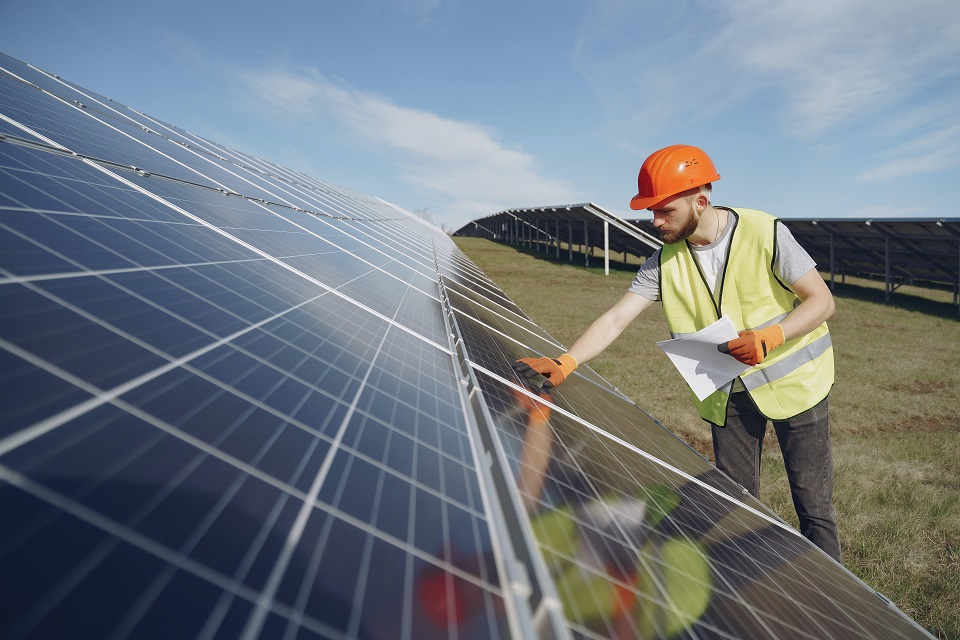Solar power is generated by photovoltaic panels made of solar cells. The silicon solar cells have a positive and negative layer creating an electric field. The cells convert sunlight into electrical energy. The size of the panels vary and multiple units can be wired together to form a solar array. Commercial solar systems use several solar arrays to generate huge amounts of electricity. The system occupies a large space and it’s often installed on the roof of commercial buildings or on large empty land adjacent to a short building.
Commercial solar systems operate on a large scale to meet the energy demands of commercial spaces. Buildings that occupy urban areas have limited ground space. Moreover, shadows are cast at ground level limiting exposure to sunlight. The solution to setting up commercial solar systems in urban areas is to use the roof space. The area received few to no shadows and offers enough space to house a commercial solar system. Nonetheless, if a commercial building sits on a large empty area, the solar system can be installed at ground level. The only precaution is to avoid shadows cast by the building. A good geographical review is necessary to get the best place to install your system. It’s also important to consider the peak sun hours in your commercial building in order to determine the size of the solar system
The solar units comprise several solar cells arranged in a grid-like pattern. Electricity is generated from sunlight and transferred to an inverter which converts the direct current into alternate current, the form of power we get from the utility grid. Commercial inverters have different power levels ranging from 2.5 kW to 250 kW depending on the building’s energy needs. The generated electricity is stored in battery units that can act as back up or serve as the primary source of power for the building. Commercial solar power systems can also be hooked to the power grid to guarantee supply. However, when the solar power production surpasses the demand, the excess energy is automatically fed back to the utility generating a credit on the electricity bill. Commercial solar power systems have two meters. The production meter tracks the electricity generated from the solar array while the net meter monitors electricity flow into consumption or the grid.
Commercial solar systems accrue numerous benefits. Since the system is designed to eliminate expenditure on electricity it significantly reduces operational costs. The initial investment on solar installation is high. However, returns on investment are realised immediately energy production commences. On average, commercial solar systems last two decades and this is enough time to enjoy the unmatched financial benefits. Moreover, tax rebates and other incentives are offered by governments on commercial solar systems.
Another benefit of commercial solar systems is sustainability. Solar is a renewable source of energy that will last for as long as the sun shines. At any one particular moment, 173,000 tetrawatts of solar energy hit the earth’s surface. This is enough power to meet global energy demands 10000 times over. Therefore, you cannot go wrong with solar energy.
Across the world commercial solar systems are increasing in popularity. Business centres are utilizing solar energy production to meet their power demands. Considering the benefits accrued, it’s not surprising. Therefore, if you are looking to invest in the commercial solar system for your business, you have a green light. If you are looking to buy, here are the 6 best commercial solar panels.
